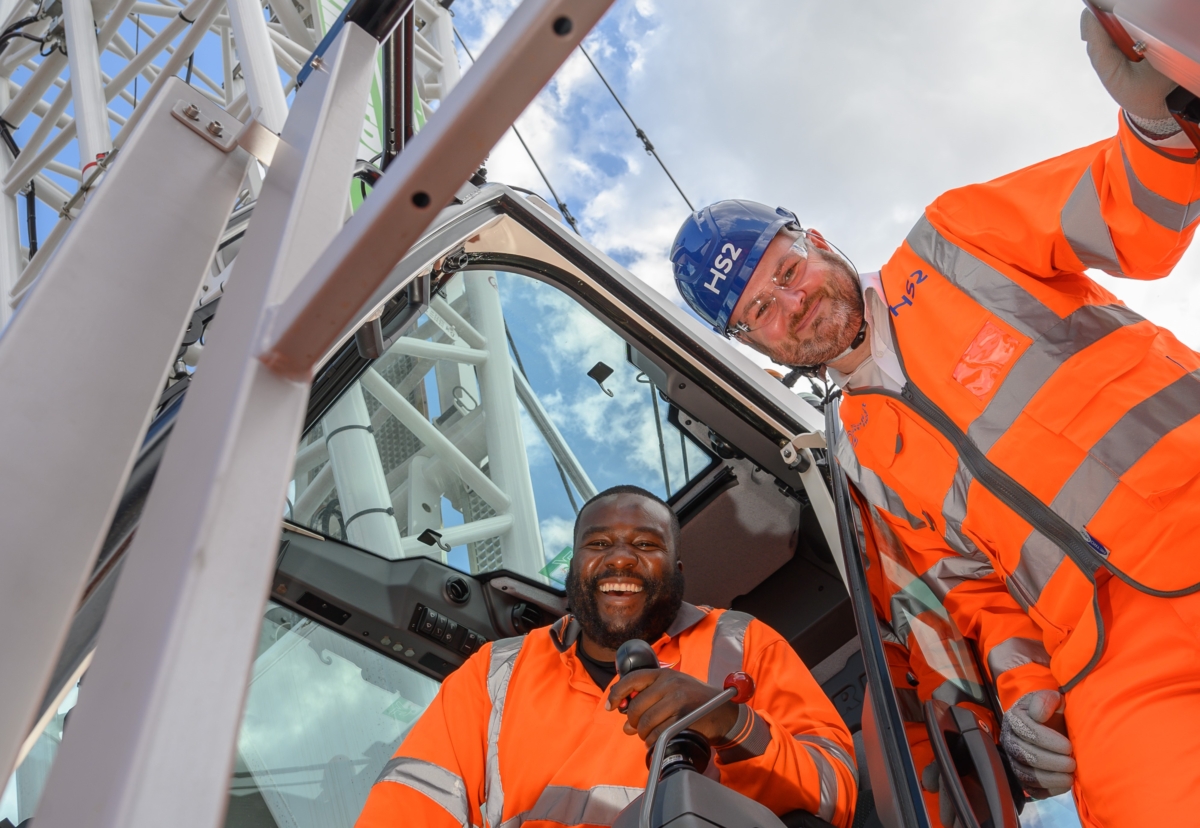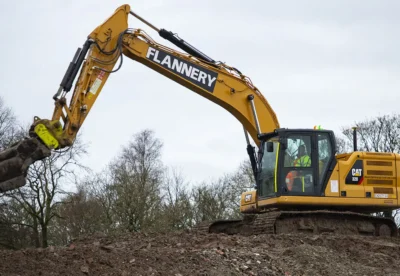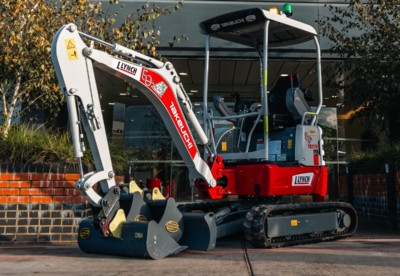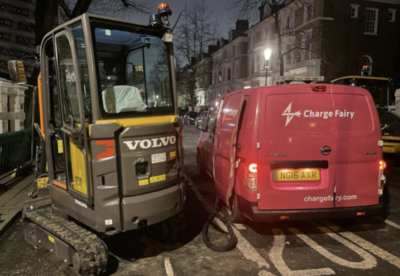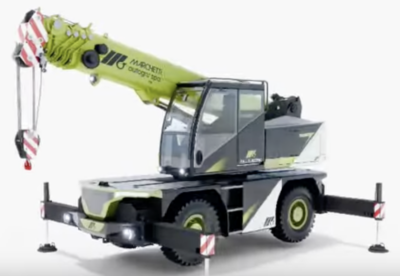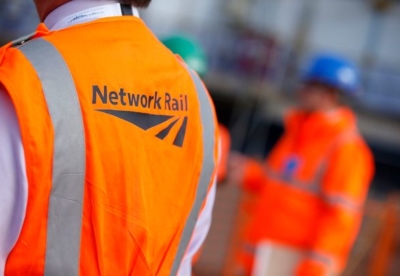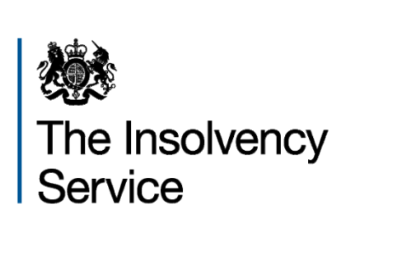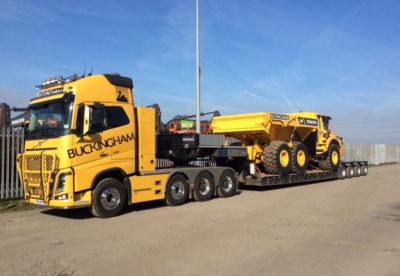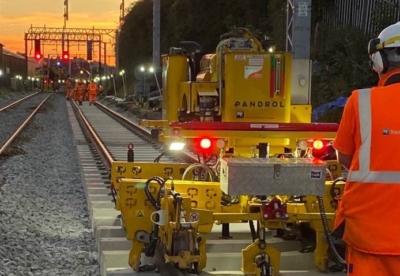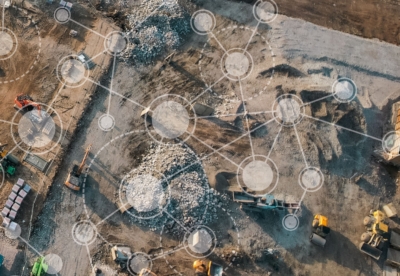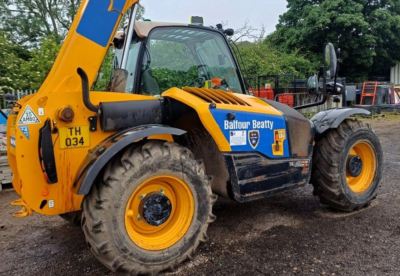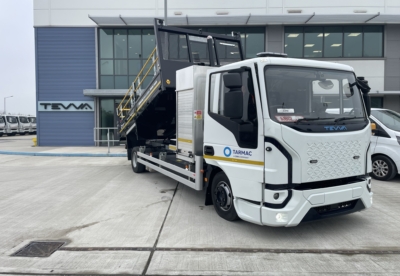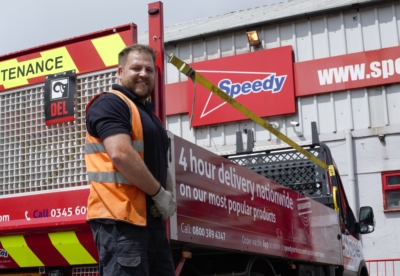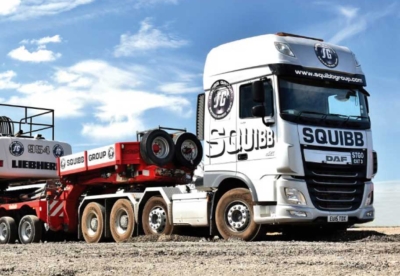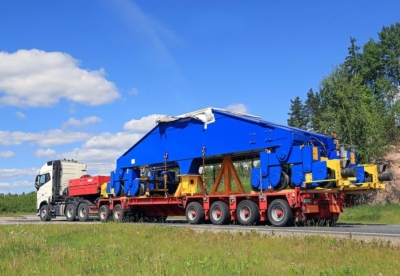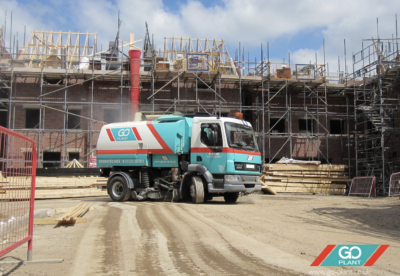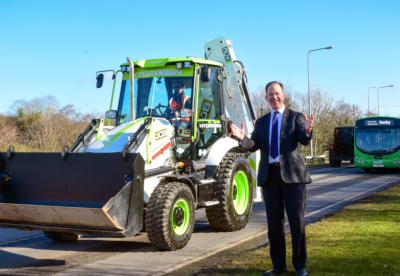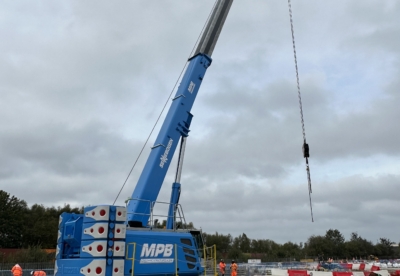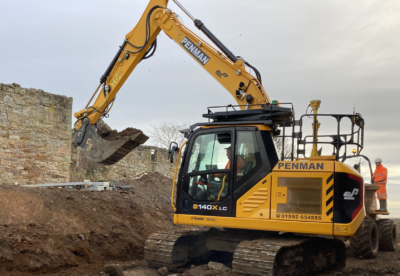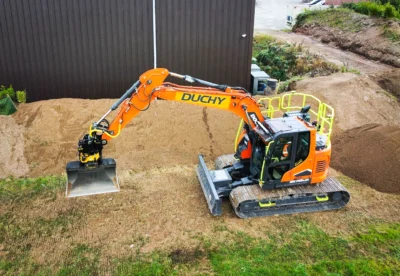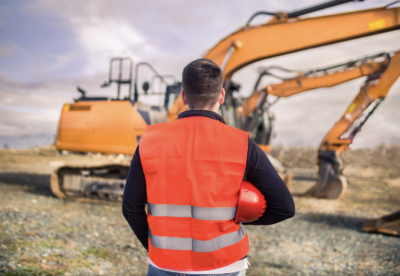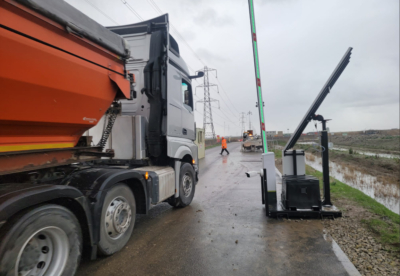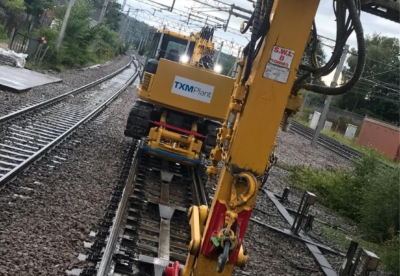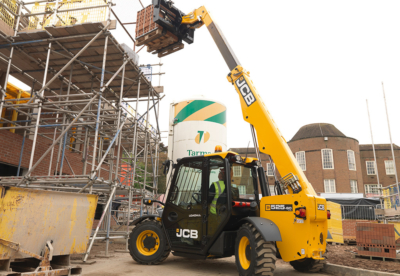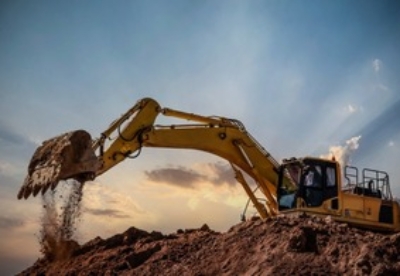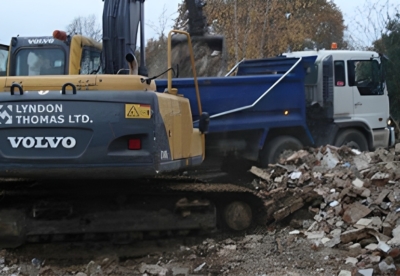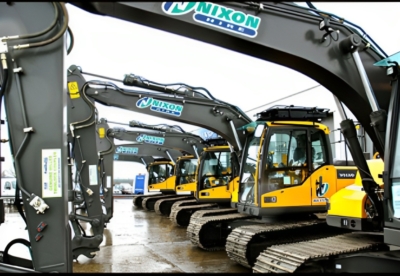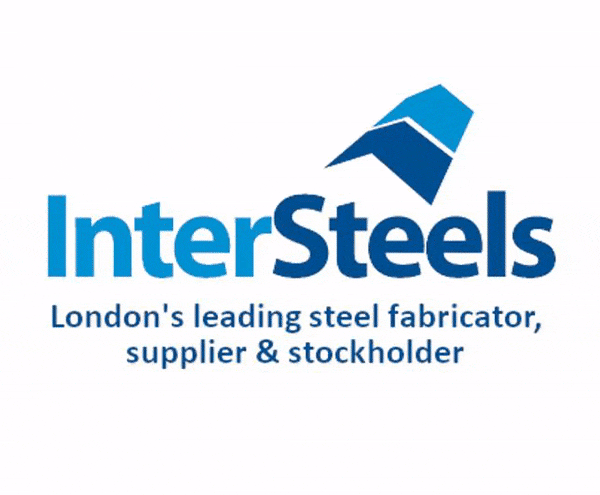The Canterbury Road Vent Shaft site in South Kilburn is run by the Skanska Costain STRABAG joint venture (SCS JV) using a range of diesel-free technologies and greener equipment.
Innovations on the site include one of the UK’s first 160 tonne emissions-free fully electric crawler cranes, the use of biofuels (Hydrogenated Vegetable Oil) to power plant and machinery on site, an electric compressor and access to mains power on a 100% renewable energy tariff.
Peter Miller, HS2’s Environment Director said: “We’re delighted to reach this key milestone in our Net Zero Carbon Plan.
“HS2 is playing a major role in the decarbonisation of the construction industry, collaborating with the industry and our supply chain to accelerate innovation in low-carbon technologies.
“Reducing emissions and improving air quality on HS2 construction sites is crucial for both the environment and surrounding communities.”
James Richardson, Managing Director of SCS said: “We’re thrilled that Canterbury Road Vent Shaft has become the first diesel-free site on the HS2 project.
“We’re working hard with our supply chain to introduce renewable energy, green hydrogen and sustainable biofuels to help us remove diesel entirely from our sites by 2023.”
Innovations being trialled and introduced on other sites include:
- ‘Clean Air Gas Engine’ funded through Innovate UK and led by OakTec, which replaces diesel power with ultra-low (bio-LPG) emission engines in Advante Welfare units and standalone units.
- ‘EcoNet’ developed by Invisible Systems, Balfour Beatty and Sunbelt which controls and reduces energy output from key appliances, reducing power demand by 30%.
- Non-Road Mobile Machinery retrofit solutions which adds pollution control equipment onto older vehicles as an alternative to replacing the machine or the engine, reducing emissions.
- CESAR Emissions Compliance Verification which is a resilient system to show the EU Stage engine emission class of all construction plant.
- Proactive dust management solutions reducing impacts associated with on-site activities.
- Fully Electric Renewable Energy using solar and wind to power noise and air quality monitors, site security cameras and site briefing areas and solar pods powering sites by combining solar PV, battery storage and a back-up generator.
- Hydrogen Technology trials across sites considering both fuel-cell technology and combustible hydrogen solutions.





